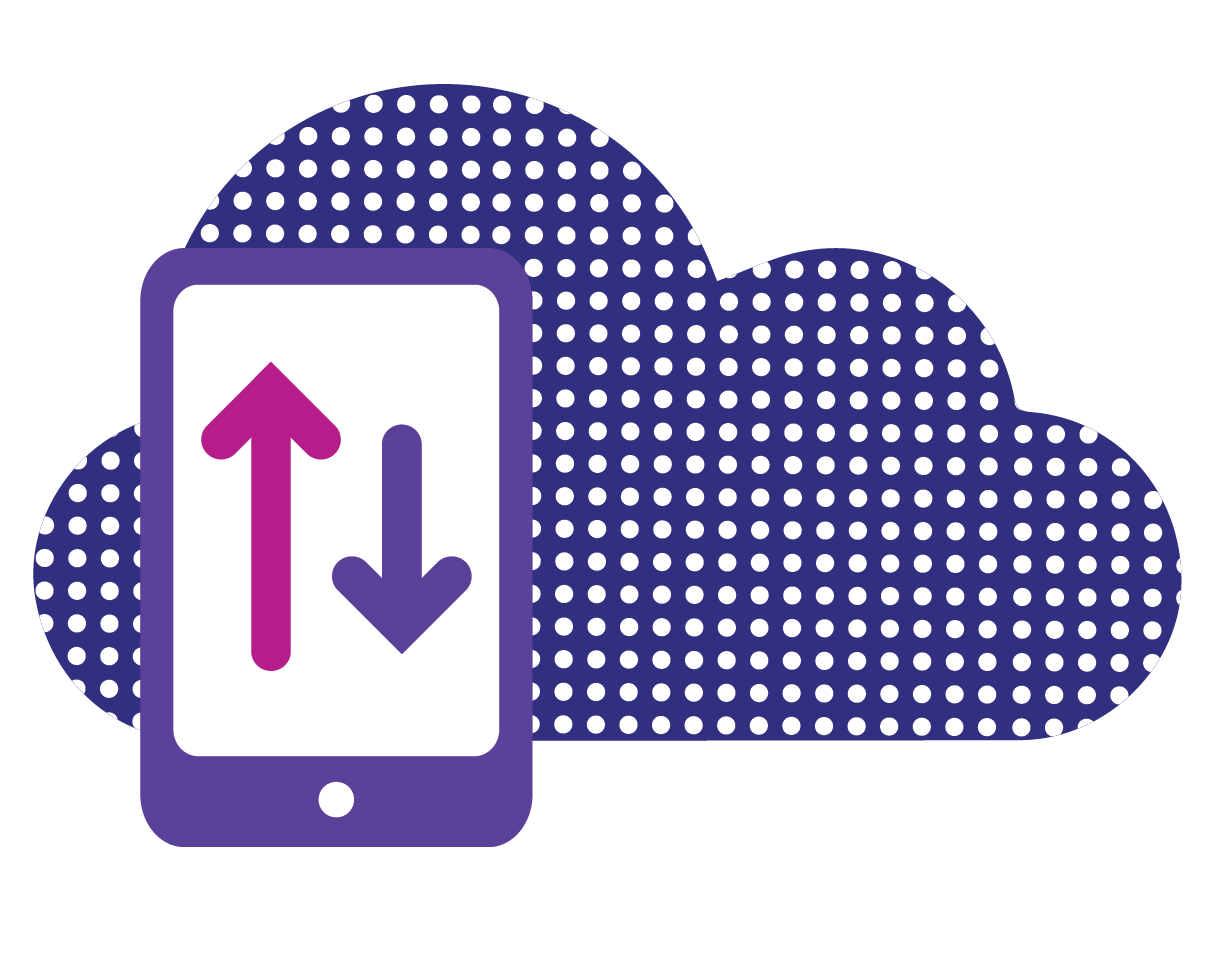25 September 2018
By using software to keep digital records, business owners can take advantage of the following benefits:
- Software can help make managing business finances more straightforward. Millions of individuals are already banking, paying bills and interacting online. Going digital with business records and taxes is the next step, giving business more control and better capability to forward plan with their finances.
- A reduction in avoidable errors that can occur when manual calculations are performed, or information transposed by hand.
- By keeping up to date digital records in real time, businesses are less likely to lose receipts and digital records can also reduce the risk of errors due to lost or incorrectly recorded invoices.
- By making it easier to get things right, digital record keeping will reduce the risk of unwelcome and costly HMRC compliance interventions and help businesses to manage their cash flow more effectively.
- Keeping business records digitally means that it’s easier for a business to share their records with their agent, saving both time and costs, and allowing agents to focus on more value-added activity.
- In time, commercial software providers will be able to offer a more tailored range of options, functionality and technical support to cater not for the requirements of specific businesses and sectors.
What is MTD-compatible software, and what about spreadsheets?
Functional compatible software is a software program, or set of software programs, products or applications, that must be able to:
- Record and preserve digital records
- Provide to HMRC information and returns from data held in those digital records by using the API platform
- Receive information from HMRC via the API platform
By April 2019 there will be software products available that will perform all the functions listed above, however some software programs will not be able to perform all these functions by themselves. For example, a spreadsheet (or other software product) that is capable of recording and preserving digital records may not be able to perform the other two functions listed above but can still be a component of functional compatible software if it is used in conjunction with one or more programs that do perform those functions.
The complete set of digital records to meet Making Tax Digital requirements does not all have to be held in one place or in one program. Digital records can be kept in a range of compatible digital formats. Taken together, these form the digital records for the VAT registered entity.
Through earlier consultation windows, HMRC was persuaded that spreadsheets do have a role to play within MTD, but only if they are capable of being linked to HMRC’s systems via API enabled software.
This intermediate software is commonly referred to as bridging software.
It is likely that some bridging software will be offered on a pay-for-use basis. Others might bundle it in their existing software offering.
We anticipate that more information on bridging software(s) will become available over the next number of months.
What do I need to do now?
Consider if your existing approach to submitting VAT returns will be accepted whenever MTD for VAT begins in April 2019.
For example, businesses using older desktop-based accounting packages may be required to upgrade to newer versions. Businesses using spreadsheets may consider enhancing the links between worksheets to remove any manual interventions or moving to cloud-based software (Xero, Quickbooks, Sage or others) if they deem this to be a more sustainable approach given the future phases of MTD that are planned by HMRC.
Should you wish to discuss how MTD for VAT may impact your business, or how to prepare for MTD for VAT, please do not hesitate to contact me or your local UHY adviser.


